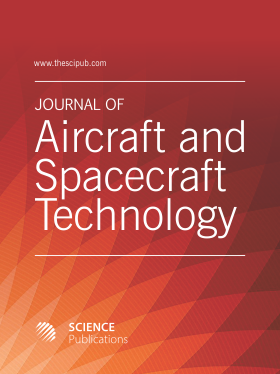White Light Generation in Dy3+-Doped Sodium Lead Alumino Borosilicate Glasses for W-LED Applications
- 1 Bapatla College of Arts and Sciences, India
- 2 S. S and N College, India
- 3 Sri Mattupalli College of Engineering, India
- 4 V.S.R & N.V.R College, India
Abstract
Excitation and emission spectra of sodium lead alumino borosilicate glass doped with different concentrations of Dy3+ have been reported. The concentration of Dy3+ were varied from 0.5 to 1.5 mol%. As a result of 385 nm excitation wavelength, the luminescence spectra showed three characteristic bands at 482 nm and 575 nm and 665 nm. These absorption bands were attributed to 4F9/2 → 6H15/2, 4F9/2 → 6H13/2 and 4F9/2 → 6H11/2 transitions respectively of Dy3+ ions. 4F9/2 → 6H15/2, 4F9/2 → 6H13/2 and 4F9/2 → 6H11/2 transitions respectively of Dy3+ ions. The yellow to blue intensity ratio increases (1.063 to 1.093) with increase in Dy3+ ion concentration. The decay rates exhibit single exponential for lower concentrations and turns into non exponential for higher concentrations. The non-exponential nature of the decay rates is well-fitted to the Inokuti-Hirayama model for S = 6, which indicates that the nature of the energy transfer between donor and acceptor ions is of dipole-dipole type. The lifetime for the 4F9/2 level of Dy3+ ion decreases (0.634 to 0.580 ms). The chromaticity coordinates have been calculated from the emission spectra and analyzed with Commission International de I’Eclairage diagram. The chromaticity coordinates visible in the white light region for all concentrations of Dy3+ ions in the present glasses. The correlated color temperature value varies from 5107 to 5362 K (closer to the day light value of 5500 K). These results indicate that Dy3+-doped sodium lead alumino borosilicate glasses can be development of white light emitting diodes and suitability for solid state lasers applications.
DOI: https://doi.org/10.3844/jastsp.2020.39.47

- 3,985 Views
- 1,889 Downloads
- 4 Citations
Download
Keywords
- Sodium Lead Alumino Borosilicate Glasses
- Excitation
- Emission
- Fluorescence
- Decay Analysis
